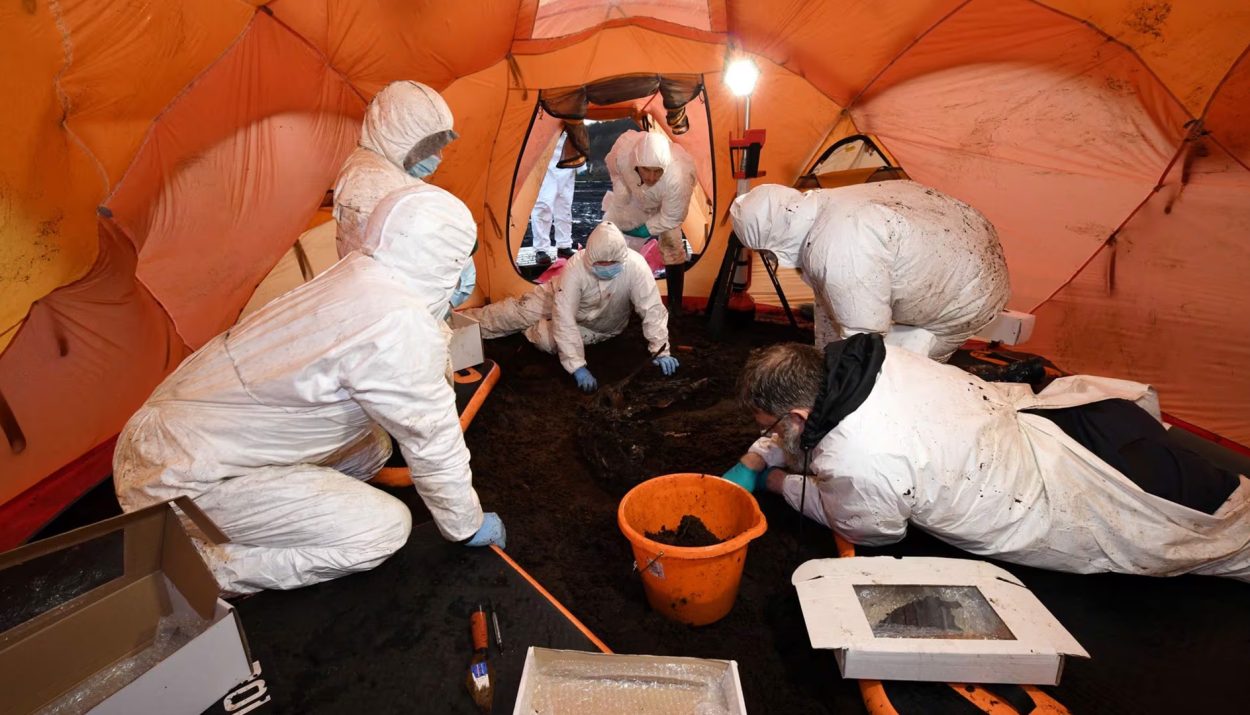The extremely well-preserved remains of a teenage boy dating back 2,500 years have been uncovered in a peat bog in Northern Ireland. This rare new find is casting new light on the area’s intriguing and ancient history.
Bog Body Mystifies Police Before Ancient Origins Confirmed
Standard police procedures gave way to archaeological protocols when radiocarbon analysis of human remains surfacing from a Northern Ireland peat bog surprisingly revealed the bones originated from a death between 2,000 and 2,500 years ago rather than a recent victim.

This meant the remains represented an incredibly rare Iron Age bog body rather than evidence of a modern crime. Experts suggest the acidic, airless conditions deep inside the Bellaghy bog led to an improbable level of preservation across over 60 generations. The body certainly looks unmodern.
Intact Bog Body Unprecedented for Northern Ireland
While fragments of ancient bog bodies have turned up in Northern Ireland before, experts explain this teenage male specimen represents the first intact bog body holding such promise for revealing insights about the region’s earliest inhabitants because prior archaeological finds have eroded over time.
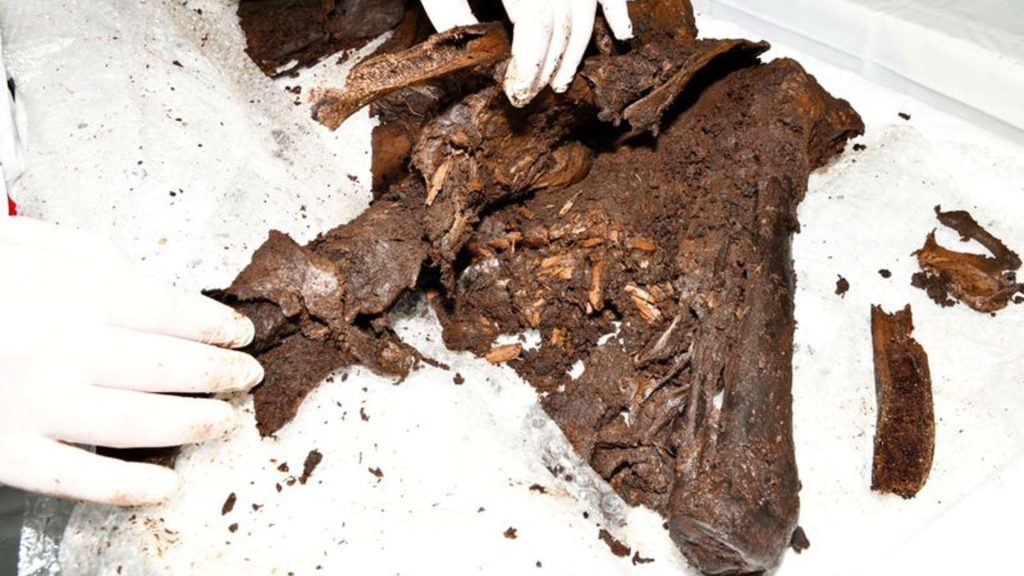
In addition, detectives note residual “skin, fingernails and toenails” cling to remarkably well-preserved bones including left leg and right arm elements. Officials even cite initial evidence suggesting one kidney endured the 24+ centuries ensconced below the bog’s surface!
Frozen Ancient Poses Compelling Questions
What sinister steps or sacred rituals converged in tragedy for this teen 80 generations past? Did revered beliefs at the time perhaps dictate fates befalling individuals like the deceased? Were quotidian misfortunes in his era truly that much more harrowing than today? The slew of lingering questions stoke fascination.
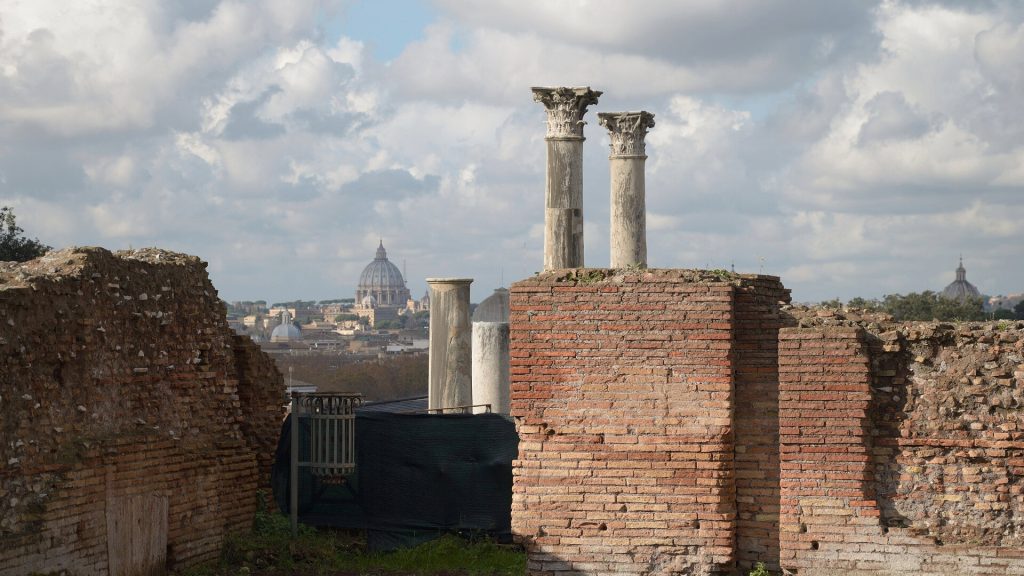
While many details were doubtless washed away on vast tides of time, the surprisingly bountiful biological remnants offer hope that interdisciplinary forensics melding archaeology, pathology, genetics, microscopy, and more could help unravel keys about the teen’s life and demise.
Studies Aim to Decode Details From DNA
Now preservation takes priority as the remarkably intact remains transition from police evidence to protected antiquity. Researchers eagerly anticipate what insights might emerge about ancestry, health, diet, trauma, and even facial features when museum study commences on this unprecedented portal to the past.
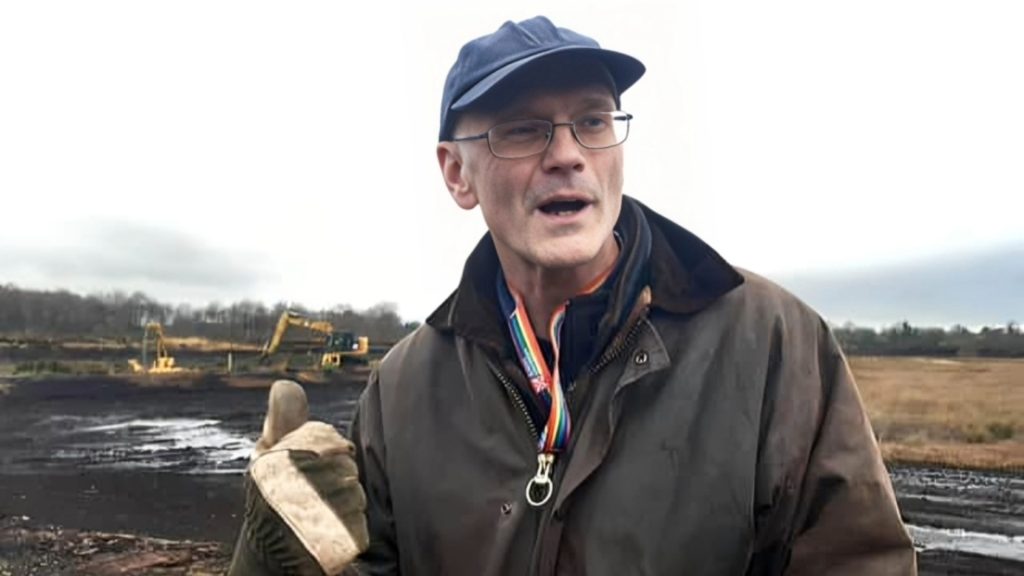
Such uniquely well-preserved DNA time capsules allow empirical glimpses directly into ancient societies almost like time travel portals. Experts consider this the highest caliber specimen ever found on Irish soil, kindling hopes it could illuminate obscure facets of Iron Age existence as far back as the volatile centuries around the birth of Christ.
Bog’s Embalming Effect Preserves Past
While most human remains quickly decay over time, the unusual antibacterial and preservation properties stemming from accumulated layers of decaying vegetation in bogs have proven adept at naturally mummifying unfortunate ancient victims like this teen.
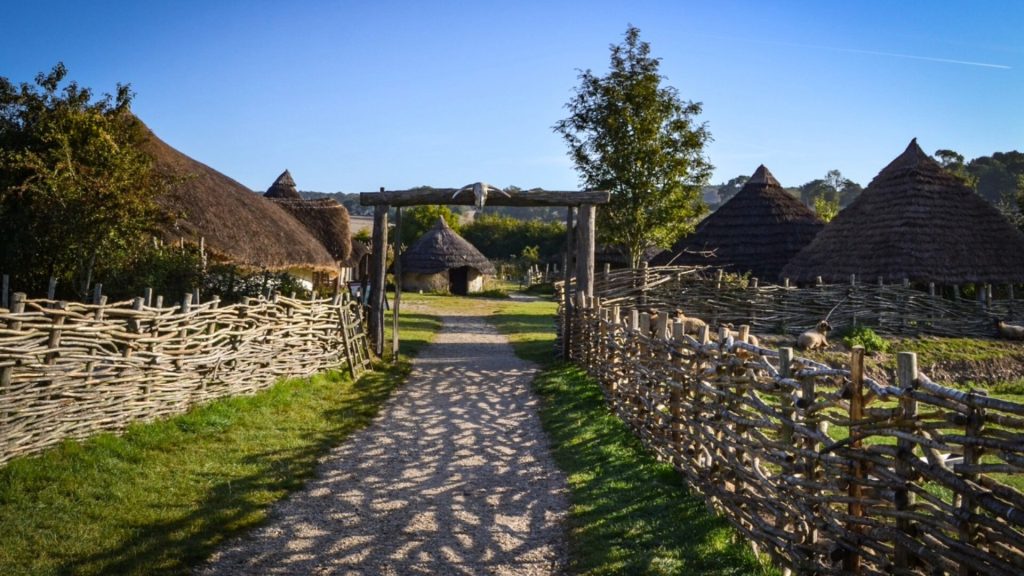
Yet experts remain shocked at the improbable extent of preservation still evident over 25 centuries later in this particular case compared to more typical degradation. Something unique likely occurred between the chemical signature of this exact site and the body to foster such pristine preservation even including soft tissues.
Erosion Exposes Buried Treasure Below
This improbable chain of lucky coincidences sparked global headlines as the bizarre entanglement of police forensic procedures and ancient human remains gave way to archaeology euphoria over the rare quality and quantity of evidence this young man unexpectedly emerged from the bog bearing.
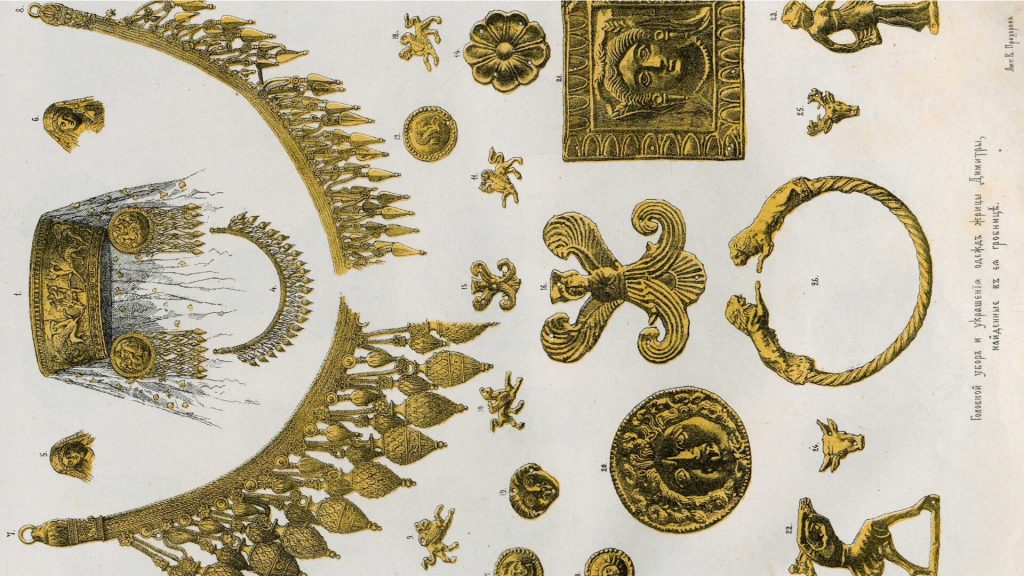
Now as museum authorities carefully collect their precious charge, the unexpected time capsule is set to undergo exhaustive interdisciplinary analysis to extract every scrap of knowledge possible about what life resembled in his era based on empirical clues from his remarkably well-preserved tissues.
Frozen Fate Rewrites History Books
At last, researchers can directly analyze physical evidence from an individual residing in Northern Ireland during the formative centuries preceding Roman intervention rather than relying on educated speculation to characterize Iron Age lifestyles.
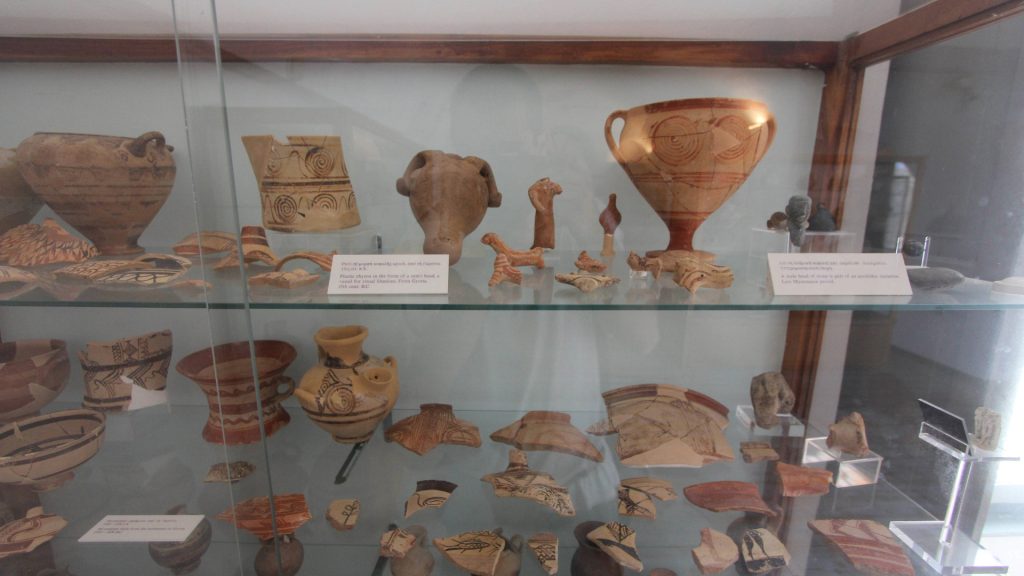
They eagerly anticipate scrutinizing everything from skeletal features to stomach contents to reconstruct intricate details about language patterns, technological tools, habitat conditions, health challenges, customs, and other opaque aspects of everyday existence during the volatile era as far back as the birth of Christ.
Direct Evidence Unlocks Ancient Secrets
Unlike broken pottery shards or eroded bones, this perfectly preserved teenager gifts researchers an actual time capsule granting empirical access to direct evidence from the source rather than simply making deductions about the past from partial or degraded artifacts alone!
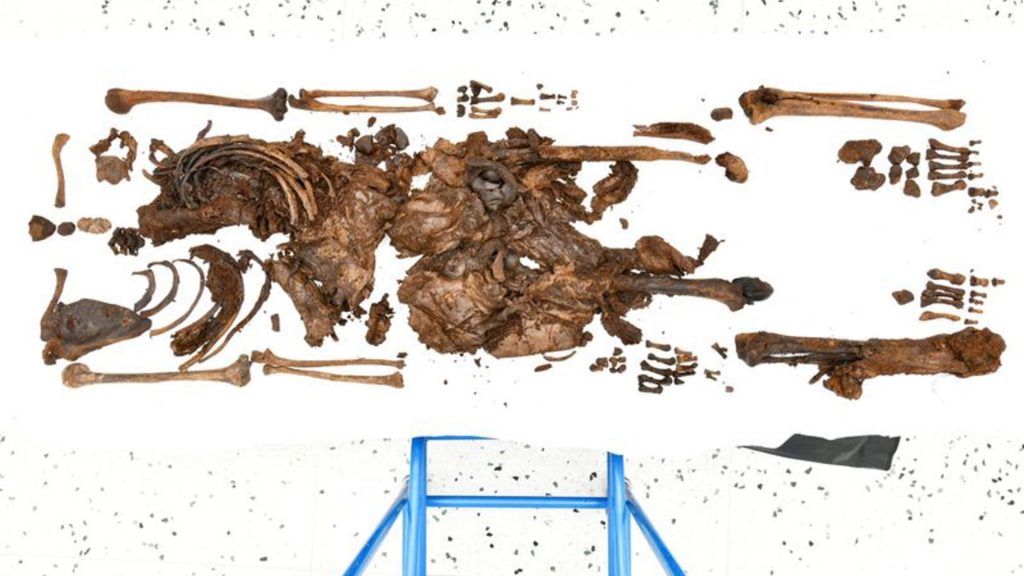
Experts consider the remarkable quality, diversity, and sheer volume of well-preserved hair, skin, organs, and other biological bounty “nothing short of astonishing.” The comprehensive analysis could unveil revelations about the young man’s life far exceeding the capabilities of isolated material artifacts to characterize complex cultural dynamics.
Boglands’ Acidic Embrace Spans Millennia
While Northern Ireland itself boasts few comparable discoveries, the airless acidic layers blanketing water-logged bogs across Northern Europe have proven adept at naturally mummifying ancient wanderers for ages before written records prevailed to memorialize names and narratives.

Now researchers leverage updated technologies to coax intimate revelations from narrow snapshots of the past. Having validated remarkable preservation, the exceptional Northern Irish teenager will undoubtedly advance their understanding of regional Iron Age lifestyles in enduring ways.
Swift Transfer Stops Decomposition
With the genuinely astonishing antiquity substantiated, swift museum transfer commenced to arrest decomposition visible since initial unearthing. Applying specialized techniques for the conservation science of one-of-a-kind archaeological oddities, experts stabilized the most spectacularly preserved British Iron Age corpse ever authenticated on Irish soil.

Recognizing the acute fragility of ancient DNA, authorities carefully note the remains will require perpetual upkeep to prevent degradation. Nonetheless, the remarkable time capsule still shows shocking potential for conveying intricate intimate clues about daily realities from its era over 20 centuries ago!
Carbon Dating Redirects Investigation
Using geochemical forensics to detect residual carbon-14 and confirm organic materials’ ages, radiocarbon dating provided the pivotal evidence establishing the antiquity of the remains, proving police had stumbled onto no routine corpse but rather an extraordinary naturally mummified heirloom spanning the upheavals surrounding the dawn of the first millennium.
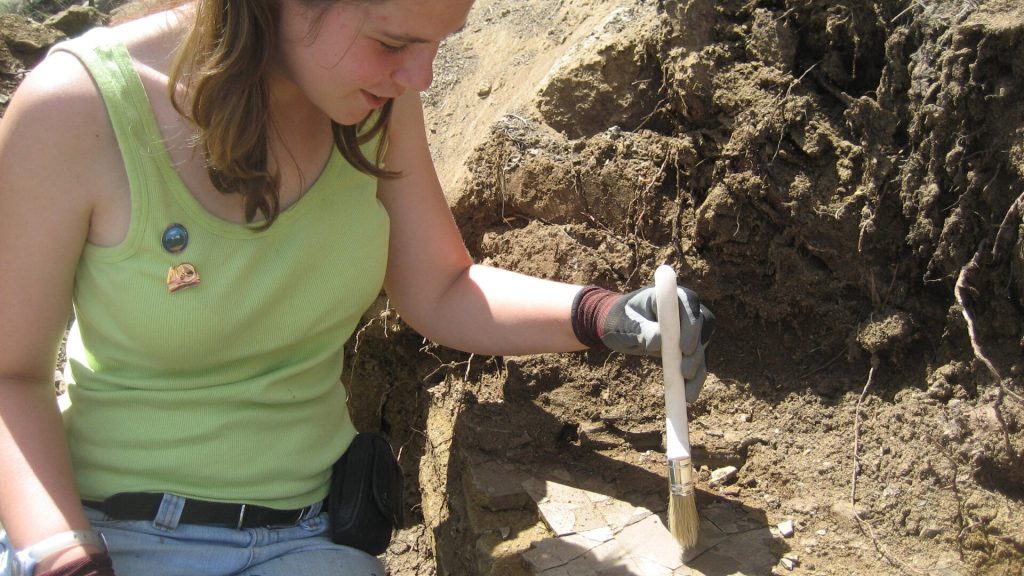
Correctly recognizing research potential far surpassing any criminal probe, authorities reclassified the case from a possible murder investigation to an esteemed archaeological sensation. By substantiating 2nd century BC origins, carbon dating cemented plans to unleash every modern analytical technique in hopes of unveiling profound insights about the era.
Initial Findings Spur Lofty Hopes
While occasional bog bodies do sporadically emerge, experts overwhelmingly agree the outstanding preservation coupled with such identifiable anatomy here seems extraordinarily rare – a “one-in-a-million” case holding breathtaking potential to profoundly expand understanding of obscure facets from the formative centuries along the restless frontier of the ascending Roman Empire.
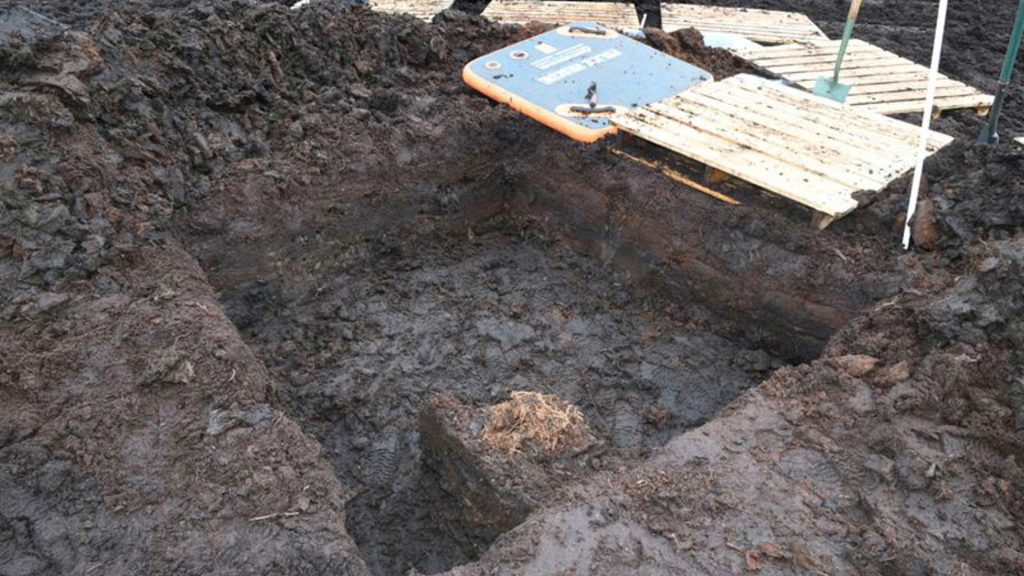
Through exhaustive interdisciplinary analysis, researchers now aim to trace clues about the teenager’s specific experiences to extract concrete revelations about late Iron Age society far transcending the abstract generalizations afforded by more typical sparse and fragmented archaeological finds predating written records.
Twists of Fate Expose Deep History
Police readily acknowledge that without a chain of incredibly fortuitous chance events, this teenager’s remains easily could have endured concealed for more centuries before eventually fully degrading away. Instead, investigators now stand poised to unleash modern forensics in hopes insights extracted from the tragedy of this boy’s era can redeem some small measure of meaning many generations later.
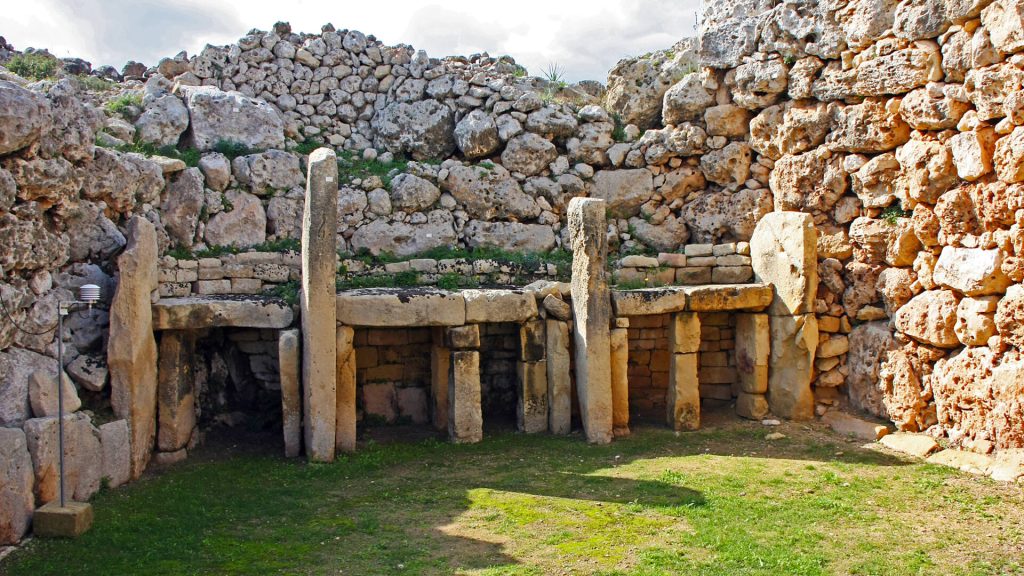
While the precise fate behind his demise may never come fully into focus, exhaustive interdisciplinary analysis of rare remnants promises to drive unprecedented understanding about the environment and inhabitants across Ireland during Europe’s transformative Iron Age as ancestral Celts romance emerging insights from Greco-Roman trade networks.
New Portal Promises Personal Glimpse Into Iron Age Life
Researchers enthusiastically welcome opportunities to illuminate intimate facets of daily existence during Northern Ireland’s formative era in the centuries bracketing the dawn of the common era-insights utterly impossible from typical fragments predating written records.

Experts anticipate coaxing such a surprising biological bounty from this teenager after nearly 26 centuries could unveil “startling and fresh” perspectives concerning specific Irish Iron Age lifestyles far exceeding the abstract insights possible in examining eroded artifacts devoid of such admirably preserved original organic context.

